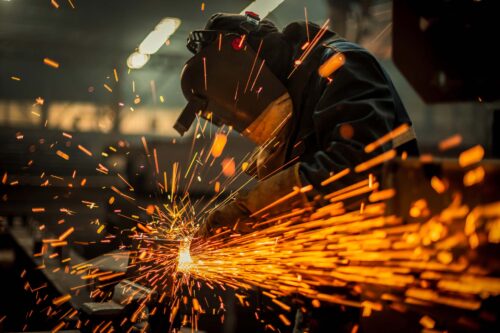
Policy Brief | 2024
Steel Decarbonization Policy Levers
Identifying policy concepts and areas that could drive forward the steel transition in the United States.
The steel sector, the most emissions-intensive heavy industry, is responsible for about 1 percent of US emissions and about 7 percent of global emissions. It is a key input to the modern economy, and the next decade will be a critical period for the evolution of US primary steel production capabilities. Global overcapacity concerns, new international trade benchmarks, and modern production advances will influence the transition strategy for the sector, affecting US-based workers and communities.
The United States steel industry faces a major fork in the road: lock in legacy, dirtier coal-based production methods, or reinvest in modern production assets. Interventions today have unique leverage — decisions are happening now, and congressional action could make US producers cleaner and highly competitive in a decarbonizing world.
This report outlines 10 core policy levers that can drive forward the steel transition.